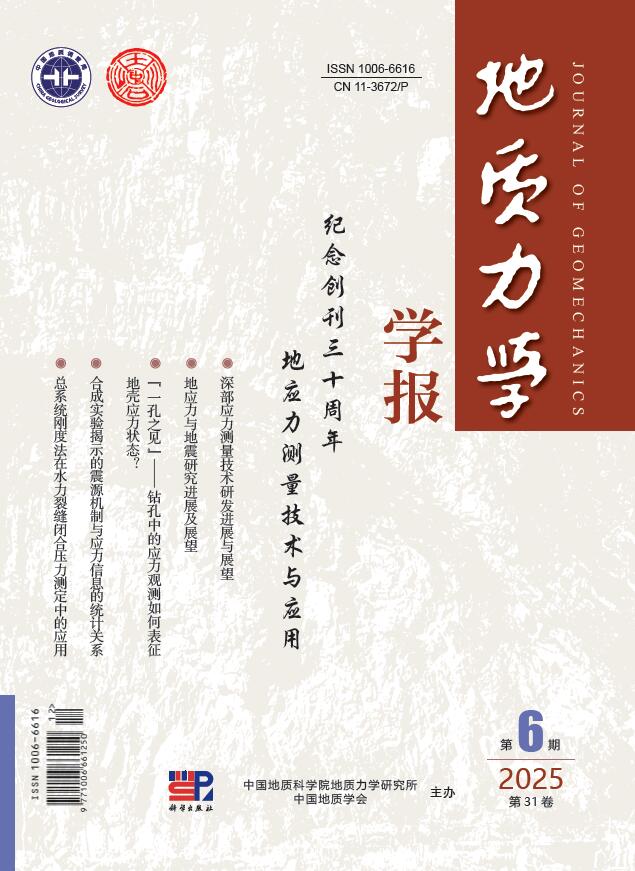2010 Vol. 16, No. 1
Display Method:
2010, 16(1): 1-10.
Abstract:
2010, 16(1): 11-20.
Abstract:
2010, 16(1): 21-27, 50.
Abstract:
2010, 16(1): 28-35.
Abstract:
2010, 16(1): 36-43.
Abstract:
2010, 16(1): 44-50.
Abstract:
2010, 16(1): 51-58.
Abstract:
2010, 16(1): 59-69.
Abstract:
2010, 16(1): 70-77.
Abstract:
2010, 16(1): 78-84.
Abstract:
2010, 16(1): 85-95.
Abstract:
2010, 16(1): 96-107.
Abstract:
2010, 16(1): 108-114.
Abstract:



